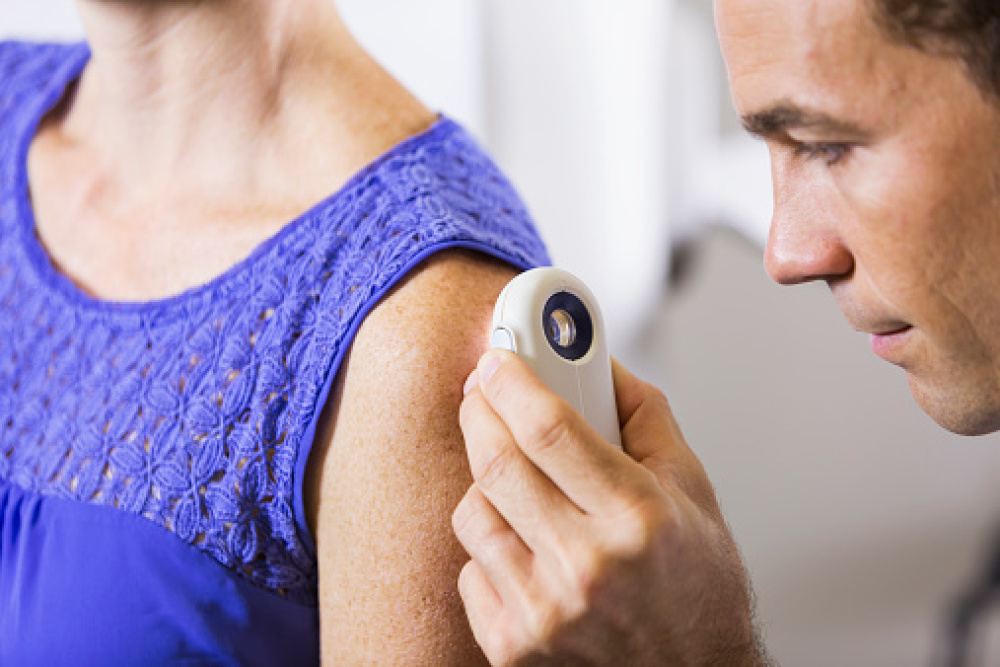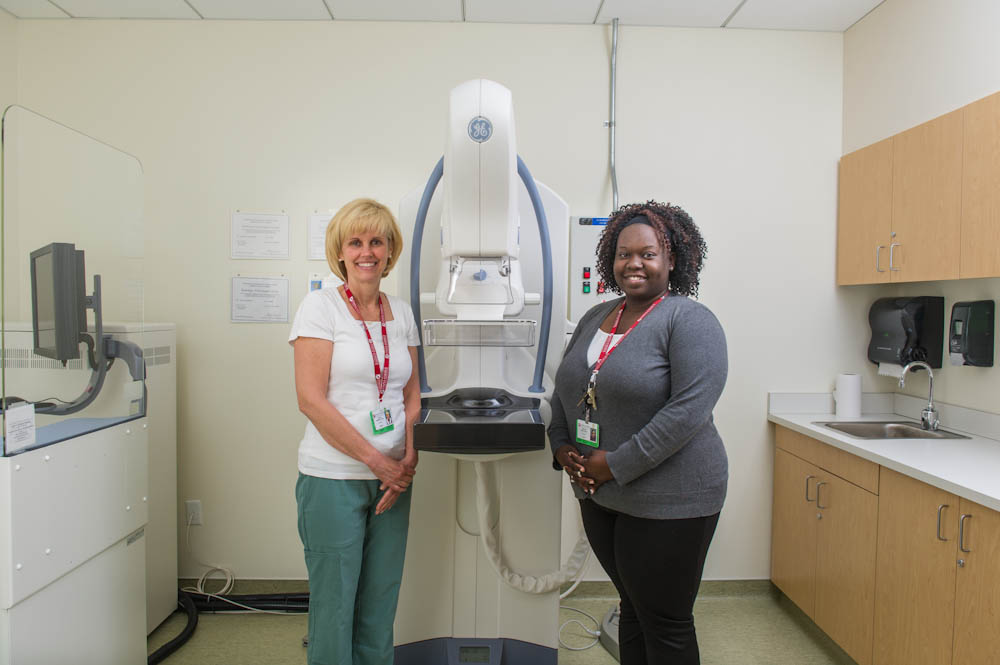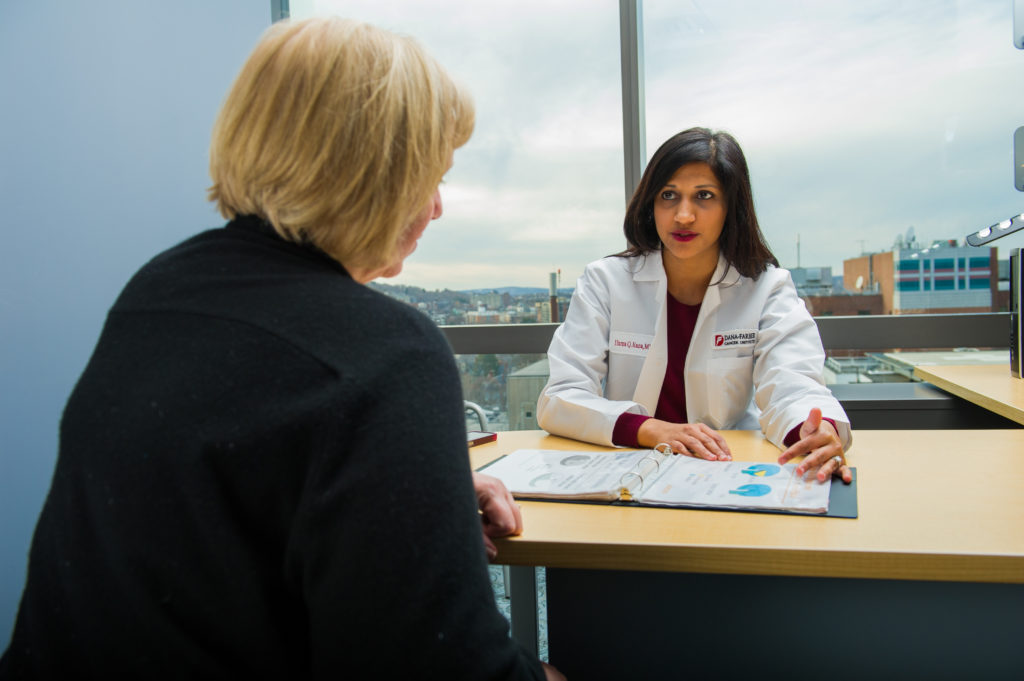About 1 in 3 people in the United States will get cancer during their lifetime, according to the American Cancer Society. It’s usually not easy to tell why that cancer develops — but researchers have established some of the main factors that can impact your overall cancer risk.
These are general recommendations and this is not an exhaustive list of cancer risk factors. Please consult your doctor if you have any concerns about your health.
Smoking and tobacco use
Smoking tobacco products is the number one risk factor for lung cancer — the longer and more frequently that one smokes, the higher the risk becomes. Smoking can also cause or contribute to cancers of the esophagus, larynx, mouth, throat, kidney, bladder, liver, pancreas, stomach, cervix, colon, and rectum, as well as acute myeloid leukemia.
What you can do: Here is some advice on how to quit smoking. Pharmacotherapy, behavioral counseling, combination therapy, and even financial and material incentives have been proven to work for some smokers.
Too much red or processed meat
Processed meat is “carcinogenic to humans,” according to the International Agency for Research on Cancer (IARC), the cancer agency of the World Health Organization (WHO). The IARC also found that red meat is mainly linked to an increased risk for colorectal cancer, and had associations with pancreatic and prostate cancers.
What you can do: Reducing your red meat consumption to less than two servings per week is suggested. A typical plate of food should be 50 percent vegetables and fruits, 25 percent lean proteins, and 25 whole grains.
Exercise
Evidence shows that people who are physically active have a lower risk of developing colon, breast, and endometrial cancer. Research has also shown that people who exercise, even moderately, after cancer diagnosis also have a lower risk of recurrence for breast, prostate, and colorectal cancer.
What you can do: The U.S. Department of Health and Human Services recommends adults engage in at least 150 minutes of moderate-intensity aerobic physical activity, 75 minutes of vigorous-intensity aerobic physical activity, or an equivalent combination of moderate- and vigorous-intensity activity, every week. That might not be possible for everyone – but some exercise is better than being inactive.
Obesity
Obesity has been linked to a higher risk of developing 13 different kinds of cancer, including, colorectal, endometrial, esophageal, pancreatic and breast cancers. The reasons for this are not completely clear, but some evidence suggests that losing weight if you are overweight or obese could lower your risk of developing cancer.
What you can do: Maintain a healthy weight by exercising and eating right. Other tips include drinking plenty of water and following an eating schedule.
Sun exposure
Frequent and excessive sun exposure, along with sunburns, can increase a person’s risk of developing melanoma and other skin cancers.
What you can do: Stay safe in the sun by using protective clothing and sunscreen. Avoid excessive exposure, and know how your skin reacts to the sun. Perform regular self-exams and follow the ABCDEs to determine if a mark or mole could be something more serious.
Viruses and certain infections
The human papillomavirus virus (HPV) can cause cervical, vaginal, vulvar, anal, penile, and oropharyngeal cancers. In fact, 99 percent of cervical cancer is caused by HPV; 70 to 80 percent of oropharyngeal cancers are caused by HPV. Hepatitis B is another example of a potentially cancer-causing virus, which increases the risk for liver cancer.
What you can do: Practice safe sex to reduce the risk of sexually transmitted infections. Get the HPV vaccine if you’re 26 years old or younger and learn about who should be vaccinated against hepatitis B.
Screening
Not all cancers can be found early, but there are some screening guidelines you can follow that can increase your chances of finding some cancers early — such as getting a regular mammogram if you’re a woman 40-years or older. It’s also important to get regular check-ups.
What you can do: Learn what cancers women should be screened for, and which cancers men should be screened for.
Alcohol
Alcohol is associated with a heightened risk of certain cancers, including liver, head and neck, esophageal, breast, and colon cancer. The risk rises with the amount of alcohol that is consumed.
What you can do: It is recommended that women should consume no more than one drink per day, and that men should have no more than two drinks a day.
Family history
Most cancers are not inherited from our parents. However, there is a clear genetic susceptibility or inherited risk of cancer in some families. For example, inherited genetic conditions such as Lynch syndrome or Li-Fraumeni syndrome, or BRCA1 or BRCA2 mutations, carry a higher risk of developing certain cancers.
What you can do: If you know you have a genetic susceptibility to cancer, you can undertake genetic testing to help clarify your risk and determine what cancers you are at increased risk for. Talk to your family and discuss your family history with your doctor.






